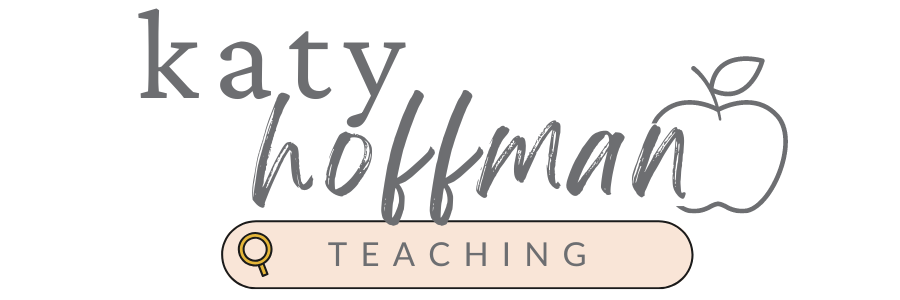From Chaos to Calm: The Classroom Procedure That Will Transform Your Teaching this Year
Truth be told, a good classroom procedure might just be the most important component to classroom management. The reason why classroom procedures take the cake when it comes to a well functioning classroom is because they are the easiest to lose consistency with because there are SO many.
When you start mapping out your day, you’d be shocked to realized just how many classroom routines are required. In fact, I suggest walking through your day in the lense of a student. As you do this, list out each routine you will need to teach.
So Which Classroom Routine is the most important?
While every procedure you teach in your classroom holds value, the most underrated classroom procedure that I have found has a TON of influence on my classroom is how my students enter the room. Think about it…would you rather have calm and quiet students who know exactly what their job is so they can get right back to work? On the other hand, would you prefer rowdy and rambunctious students who come in loudly asking you what to do or telling you about their recess adventures…or misadventures (haha..)?
For me….it’s gotta be the calm version.
If your students know the routine for entering the classroom, you can save about 15 minutes a day on instruction that would have otherwise been wasted. It’s that important!
my Morning routine
Of course, the first time students enter the classroom will be as they arrive at school and start the day or the instructional block if you teach middle school or are departmentalized. I have tried MANY different classroom procedures for morning routine, but my absolute favorite looks like this:
- Hang Up Backpack and Coat/Jacket
- Put Folder in Mailbox (my students have a take-home folder that goes home every night and returns to school every day…they hand me any notes or papers that need to be returned)
- Lunch Count (I love a simple magnet system)
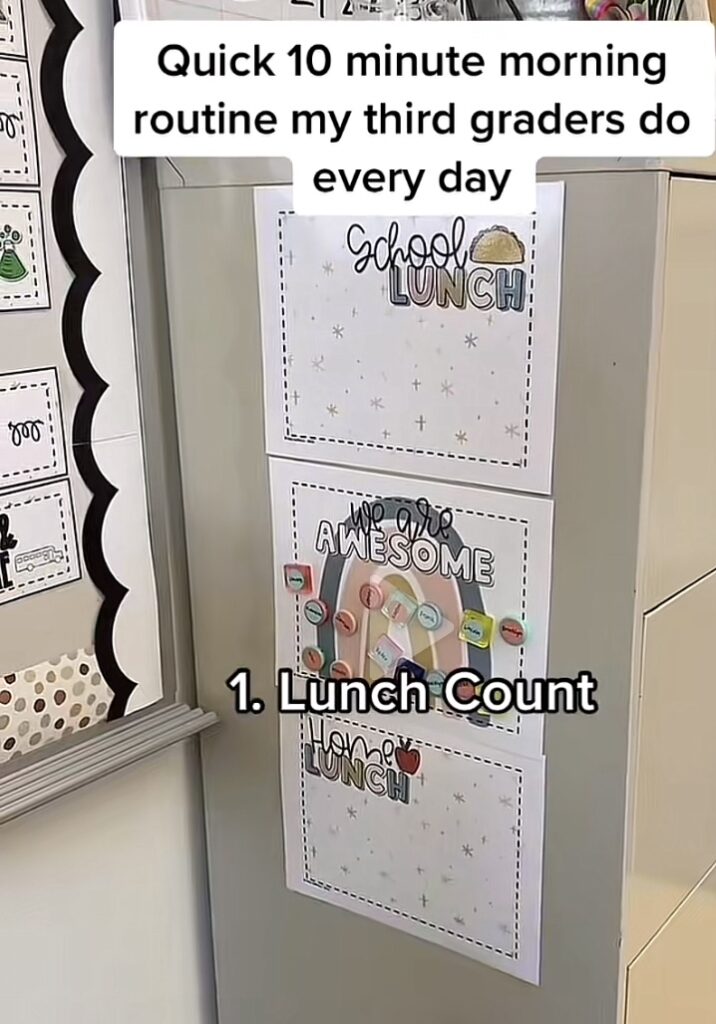
4. Get Sharpened Pencils/Fill Water Bottle (this pencil dispenser was my very favorite – link to similar)
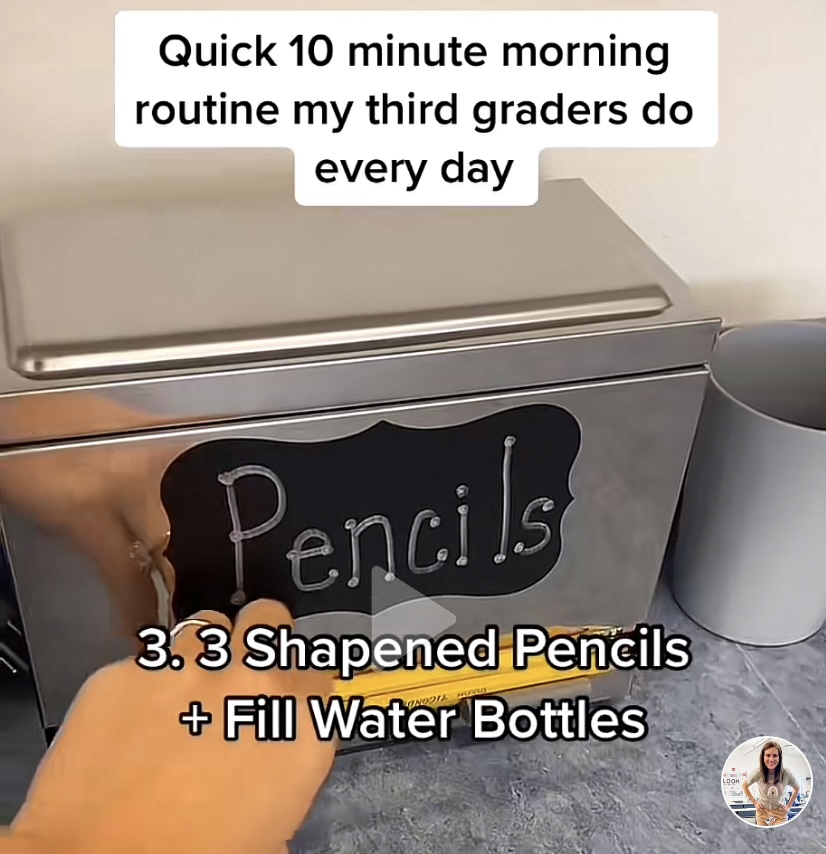
5. Morning Work (The best thing I ever did was start assigning my math exit ticket from the PREVIOUS day’s lesson as morning work)
6. Bathroom (if needed)
7. Read Silently
Helpful Tips:
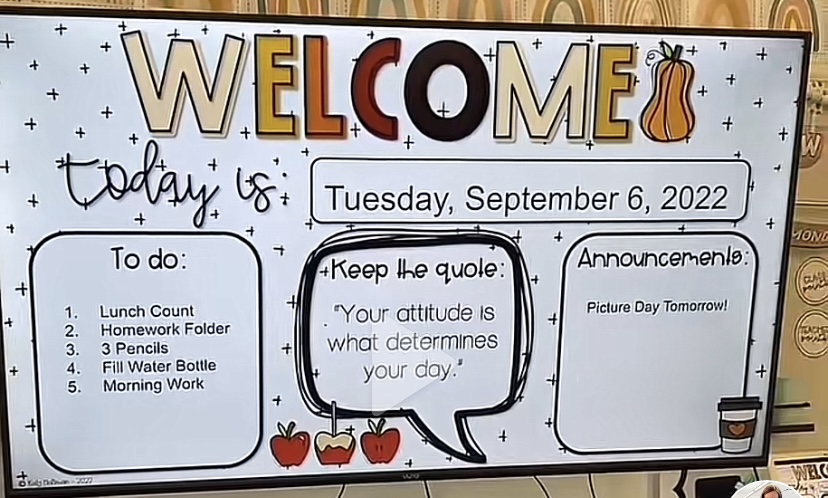
- Provide Visuals!! (I have my morning routine posted on my morning meeting slides, but when I taught first grade, I also added visuals to a poster.)
- I like to correct the morning work on the spot and provide feedback immediately. I’m also keeping track of students who may need help or if a reteach later in math is necessary.
- If your students don’t have morning recess before they enter the classroom, provide some sort of movement or interaction. When this was the case for me, I used morning tubs in first grade instead of reading silently.
- Provide an incentive if needed. My school had a ticket system for behavior. I rarely used the tickets, but I would sometimes pull them out and use them during morning routine if the students were particularly noisy or having a hard time getting started. I would just silently start to hand them out. It changed the tone very quickly.
- Play quiet, calming music in the background. I love the channel Brooklyn Duo on Pandora.
- Have everything set out ahead of time.
- Incentivize great transitions and on task-behavior. Check out this blog post to learn more.
transitioning classroom procedure after lunch/recess
This one can be rough. I’m not even going to sugarcoat it.
Three options that I have tried and loved are:
#1 – Journals: Provide a journal prompt and as students enter the classroom they get right to work. Once a week, I’d have the students put a sticky note on their favorite prompt from the week that I would read and check on Friday.
#2 – Teacher Read-Aloud: A great way for everyone to settle in and calm down. The challenge I found was everyone needing to use the restroom. So I switched to #3.
#3 – Independent Reading: My third grade favorite. I had a 10 minute transition between recess and intervention groups. So students would come in and read silently. If they had any work that was unfinished from the morning, they were allowed to work on it during this time. The challenge was keeping them on task and managing everyone needing to go to the restroom.
Here are my tips:
- As far as allowing a bathroom break, I would excuse students to use the restroom one table group at a time. The group that came in first from recess and was on task was able to go first, and so on.
- To keep my students engaged in their independent reading, I started book reports and book reviews. When students finished a book, they completed a book report. After checking it with me, they were allowed to fill out a book review book mark that they could leave inside the book for their classmates to view. It was a fan favorite!
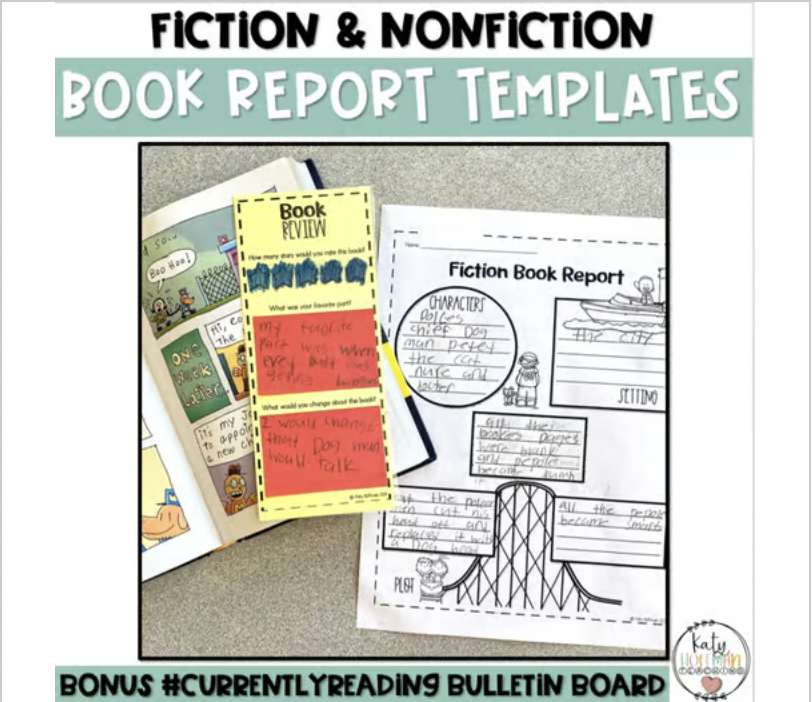
- I also awarded random on-task table group points. I would give one point per student that was on-task in the group. So if table one had 3 students out of 4 who were on task, they received 3 points.
Entering the classroom procedure after specials
My math block fell right after specials when I was a third grade teacher. Again, the challenge was students needing to use the restroom. So it became frustrating when trying to start a lesson or a task that required everyone to be present (like a Sprint – for my fellow Eureka teachers).
So I just started posting a word problem to begin the lesson. Students knew the classroom procedure was to walk in, grab a marker and whiteboard (I kept these right at the carpet), and get started on their word problem. When students finished their word problem, they were allowed to use the restroom…(it actually rarely happened once I started this routine though.) After a few minutes, we would discuss with partners and get started with the lesson.
I also kept my lesson to about 15 minutes, so students knew they could use the restroom as soon as they were off independently working.
It worked great. So I’d just suggest having something kind of independent for students to do before starting altogether just to allow for the transition.
Recap
- Entering the classroom sets the tone for the entire day or learning block.
- Finding a simple classroom procedure that can be consistent for students is key!
- Make it easier on you!! Choose something that doesn’t require a lot of work on your part.
- Plan for roadblocks and be flexible in making tweaks to your classroom procedure until you find something that works for you and your students.
Let me know if you have any questions!

